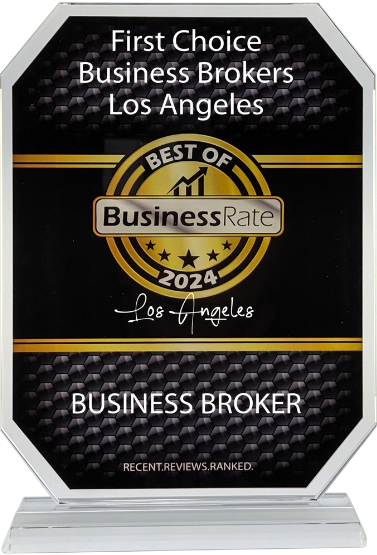Understanding Business Valuation: Key Approaches Explained
Valuing a business is both an art and a science, and understanding the various methods used can be crucial for business owners looking to sell. This guide provides an insightful overview of the main approaches to business valuation.
The Three Main Valuation Approaches
In general, there are three primary approaches to valuing a business:
Income Approach
The income approach values a business based on its earnings and cash flow. This method is beneficial for businesses with consistent and predictable income streams.
Market Approach
The market approach uses the prices observed in recent business transactions to determine a business' value. This method is widely used for small and medium-sized businesses because it relies on readily available data from comparable sales.
Asset Approach
he asset approach, or the cost method, values a business based on its replacement cost or liquidation value. This approach considers the value of the business’s tangible and intangible assets.
Choosing the Right Valuation Method
Several specific valuation methods can be used for these three approaches. The choice of method depends on various factors, including:
- The nature and industry of the business.
- The availability of relevant information for the business or industry.
- Whether the business is generating cash flow.
The market approach is most commonly used for small and medium-sized businesses. Data on recently sold businesses and their multiples are more readily available, making it easier to calculate the value of the subject business using this method.
Understanding how businesses are valued can provide clarity and confidence for business owners preparing to sell. If you have any questions or would like to discuss a specific business, professional assistance is available. Feel free to call 424-832-3410 for more information or to discuss business valuation in detail.






